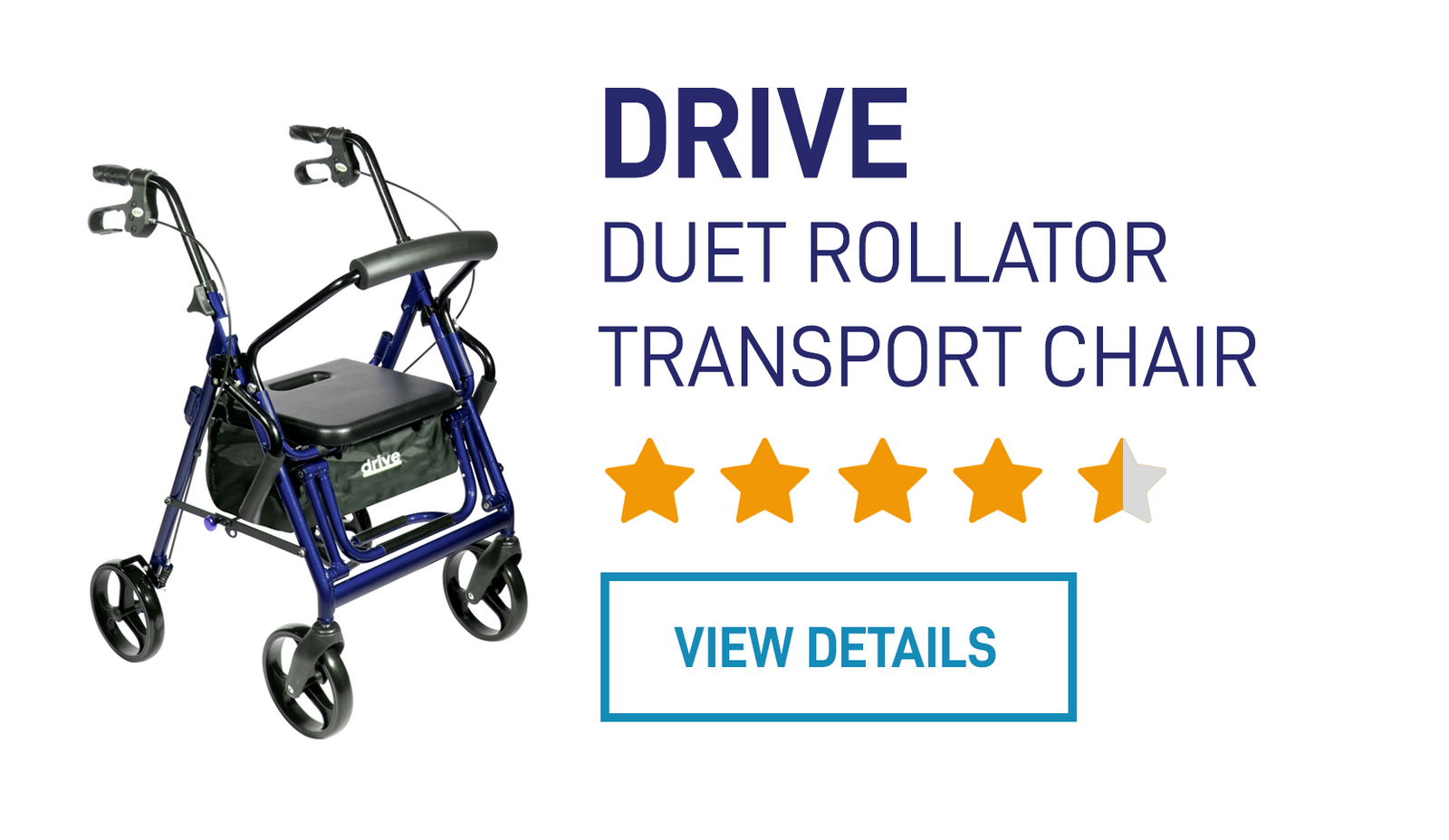Your Cart is Empty
Free Shipping on all orders $99.00 or more.
Menu

Free Shipping on all orders $99.00 or more.
ROLLATORS
Walkers
Crutches & Canes
Transport & Wheelchairs
Accessories & Parts
Common Myths about People with Disabilities
February 12, 2015 2 min read
Myth:Wheelchair users are paralyzed and confined to their wheelchair.
Reality:Many wheelchair users can walk. Their strength may be limited, so a wheelchair allows them to travel farther and be more independent. But even in cases where the wheelchair user is paralyzed, “confined” isn’t the right way to think of it. People don’t consider the able-bodied “confined” to their car or bicycle. In the same way, wheelchairs are just another form of transportation.
Myth:People with disabilities are brave/courageous.
Reality:Most people with disabilities are just normal folks living their lives the best they can, like anyone else. After all, “adjusting to a disability requires adapting to a lifestyle, not bravery and courage.”
Myth:Employees with disabilities have a higher absentee rate than able-bodied employees.
Reality:Studies have shown that not only do disabled employees have better attendance rates, their retention rate is 72% higher than able-bodied employees.
Myth:If someone is having an epileptic seizure you should put something in their mouth so they don’t “swallow their tongue.”
Reality:It’s physically impossible to swallow your tongue, and putting something in a person’s mouth while they’re having a seizure is a choking hazard. Instead, simply move sharp/hard objects out of the person’s way and place something soft and flat beneath their head if possible.
Myth:Deaf people can’t speak.
Reality:Being deaf may affect how a person sounds as they’re unable to hear the sounds they make. But the deaf can speak; deafness doesn’t affect vocal cords.
Myth:Having a disability is a personal tragedy that deserves pity.
Reality:Disability is sometimes seen as an “unending burden.” But having a disability does not mean having a poor quality of life. People with disabilities live the same exciting, boring, happy, sad, tough, enjoyable, and often unpredictable lives everyone else does.
Subscribe
Sign up to get the latest on sales, new releases and more …
{"themeColor":"#5273b8","iconColor":"#5273b8","showLogo":true,"topBottomPosition":0,"rightLeftPosition":0,"iconSize":"large","iconCustomSize":60,"position":"middle-right"}



